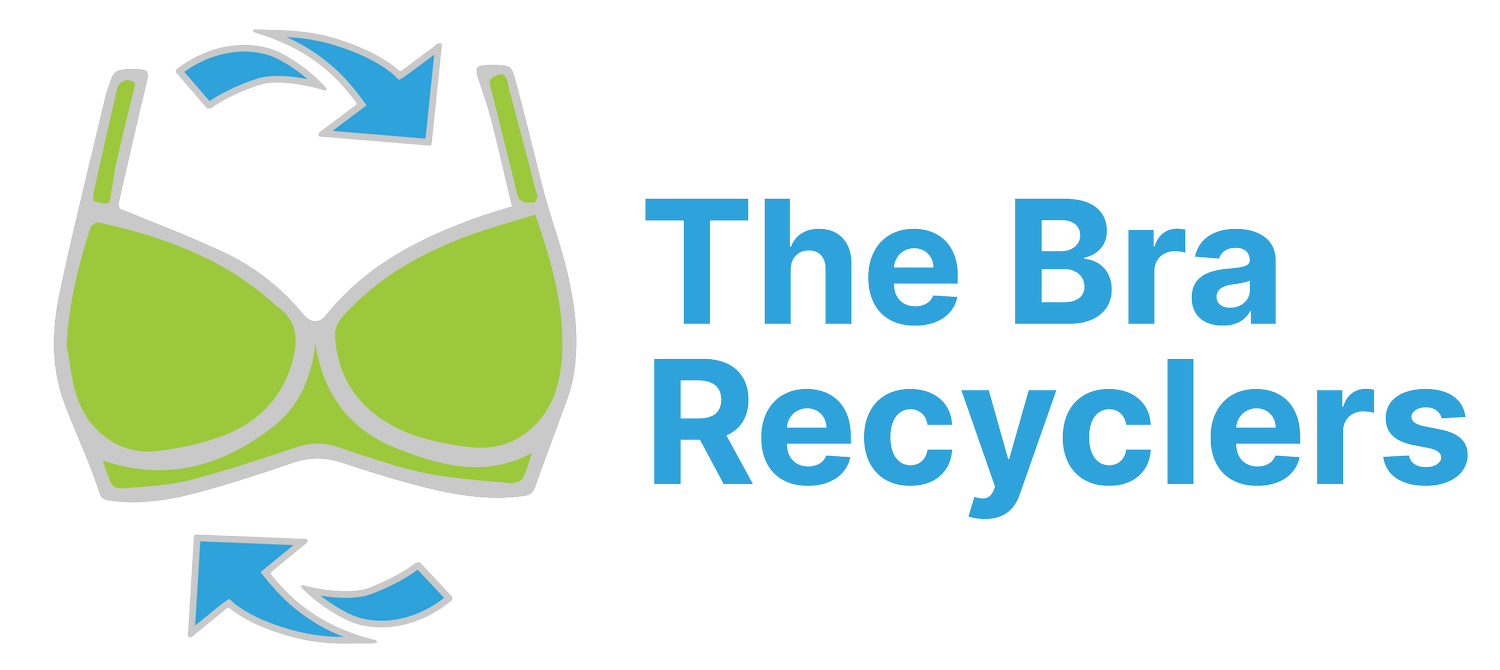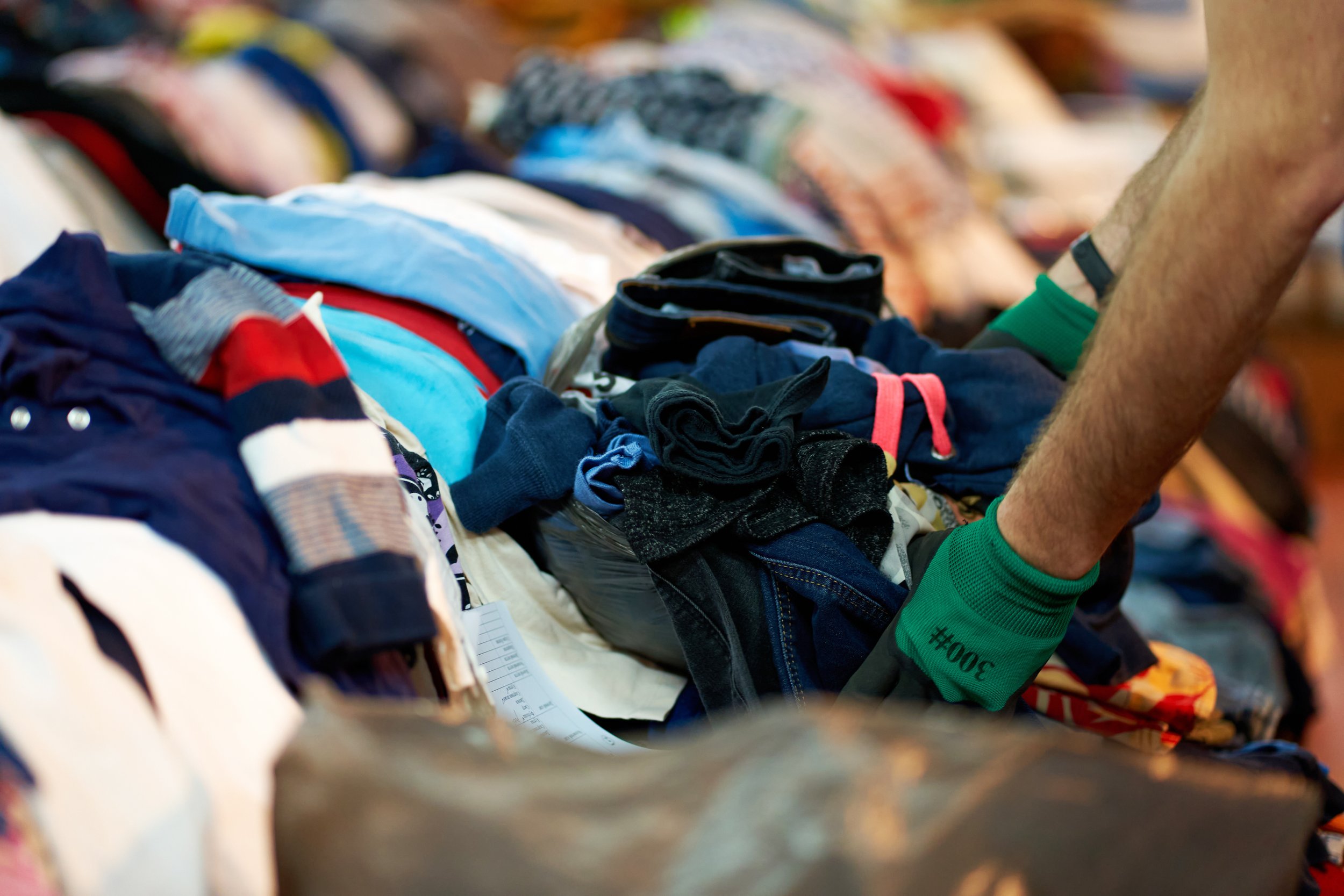What is Textile Recyling?
Giving New Life to Used Clothing
Textile recycling refers to the process of diverting used or unwanted textiles from ending up in landfills and instead transforming them into new products.
It involves collecting, sorting, and processing different types of textiles, such as clothing, bedding, curtains, and even bras, to give them a new lease of life.
The objective of textile recycling is to minimize the environmental impact associated with textile waste. By recycling textiles, we reduce the consumption of resources required to produce new materials and decrease the amount of waste that goes into landfills. Additionally, textile recycling helps conserve energy, reduce pollution, and minimize greenhouse gas emissions that occur during the manufacturing of new textiles.
The first step in textile recycling involves collection. There are various methods used to collect textiles, including drop-off points, curbside recycling programs, and special events focused on textile recycling. Once collected, the textiles are sorted based on their material type, condition, and potential for recycling. This sorting process ensures that textiles are properly categorized and the recycling process is efficient.
Sorting The Clothes
The next stage is processing. Textiles that are in good condition and suitable for reuse may be sorted and prepared for resale in second-hand markets or charitable organizations. These items will find new life in the hands of people who can benefit from them. For textiles that cannot be reused directly, they are processed into recycled fibers.
Recycling facilities employ various methods to transform old textiles into new usable materials. The fibers are typically mechanically or chemically processed, depending on the type of textile and the desired outcome.
Mechanical recycling involves breaking down the textiles into smaller pieces and then transforming them into new fibers through processes like shredding, carding, and combing. On the other hand, chemical recycling involves using solvents or enzymes to dissolve the textiles into a solution, which can then be spun into new fibers.
The next stage is processing. Textiles that are in good condition and suitable for reuse may be sorted and prepared for resale in second-hand markets or charitable organizations. These items will find new life in the hands of people who can benefit from them. For textiles that cannot be reused directly, they are processed into recycled fibers.
Recycling facilities employ various methods to transform old textiles into new usable materials. The fibers are typically mechanically or chemically processed, depending on the type of textile and the desired outcome. Mechanical recycling involves breaking down the textiles into smaller pieces and then transforming them into new fibers through processes like shredding, carding, and combing. On the other hand, chemical recycling involves using solvents or enzymes to dissolve the textiles into a solution, which can then be spun into new fibers.
Once the textiles have been transformed into recycled fibers or fabrics, they can be used in a range of industries. These recycled materials can be incorporated into new clothing, household items, upholstery, insulation, and even automotive products. By utilizing these recycled materials, we can reduce the dependency on virgin resources and minimize the environmental impact of textile production.
Textile recycling not only contributes to a more sustainable future but also offers economic opportunities and job creation within the recycling industry. It encourages a circular economy approach where materials are reused and repurposed rather than discarded.
Textile recycling plays a vital role in reducing textile waste, conserving resources, and minimizing environmental harm. By adopting and promoting textile recycling practices, we can contribute to a more sustainable and responsible approach to managing our textiles, ensuring that they have a positive impact throughout their lifecycle.
The Bra Recyclers would like to partner with you to develop a strategy to responsibly dispose of overstock and return and offer your customers the opportunity to support our planet and their communities through recycling rewards programs. Let’s work together to make our planet a safe place to live for all people.


